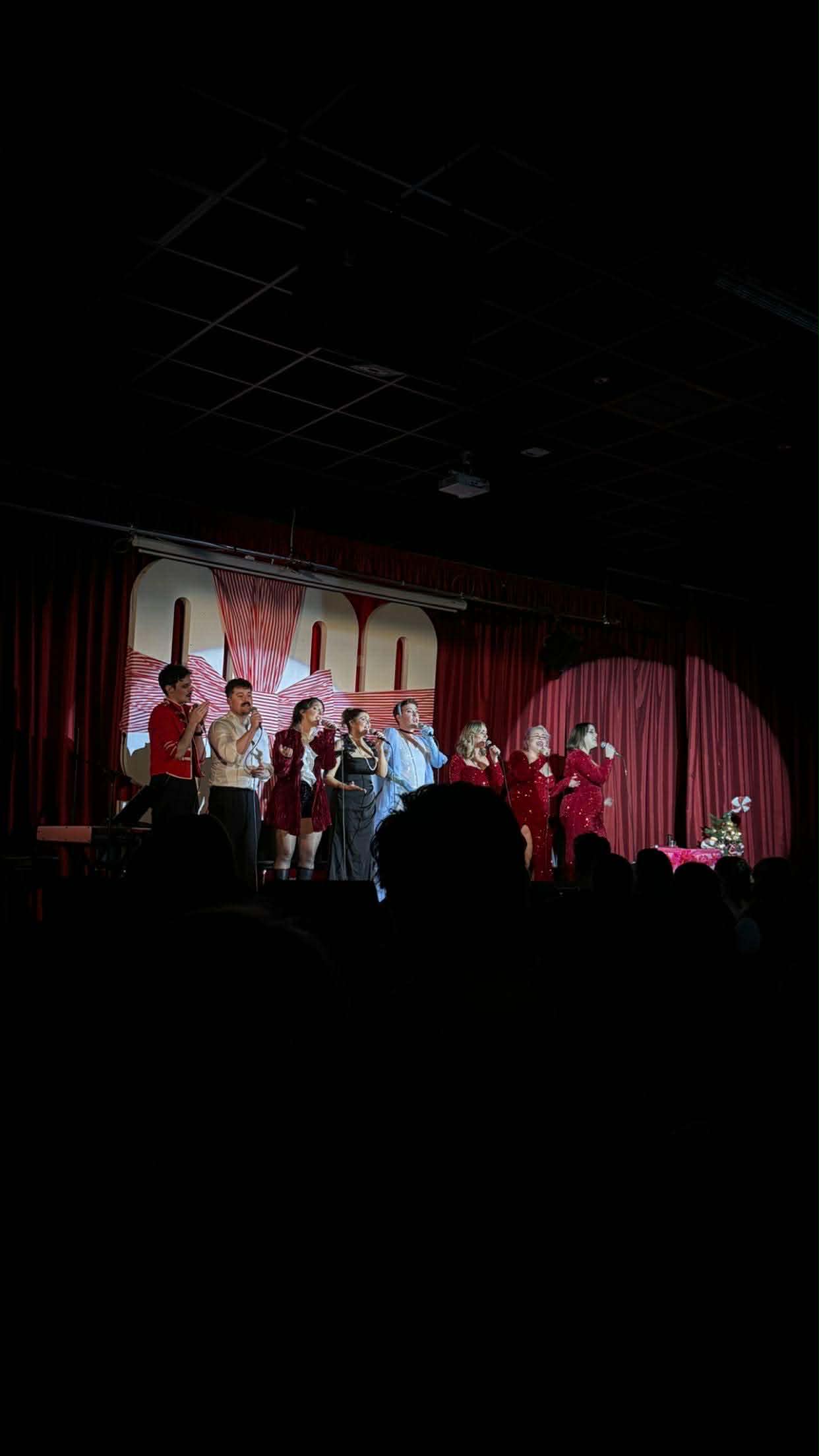ÔÿàÔÿàÔÿàÔÿåÔÿå
by Abbie Rands
Terra Firma, a performance in three parts, is like nothing else I have ever watched in a theatre.
In Folk, by far the most intriguing of the three performances, the stage opens on a sparse scene; the roots of a tree hang suspended from the rafters, and a pile of leaves, from which a girl is unearthed.
The performance begins with harsh classical music accompanied by frozen, grimacing dancers with ragged costumes. It’s uncomfortable enough to want to look away, and this feeling stays with you throughout the performance.
 The company is best to watch when they move as a unit, they become difficult to follow as individuals as a result of the generally erratic nature of the style of dance and you become acutely aware of the fact that human bodies are not supposed to move as they are. The dancers are wild, volatile, passionate and tender and the moments that glow with these emotions are beautiful. However, there were parts of the performance that totally lost me: the one-sided conversation in complete gibberish, the random, repetitive movements that seemed to go on forever and left you with the feeling that you had just watched an exorcism.
The company is best to watch when they move as a unit, they become difficult to follow as individuals as a result of the generally erratic nature of the style of dance and you become acutely aware of the fact that human bodies are not supposed to move as they are. The dancers are wild, volatile, passionate and tender and the moments that glow with these emotions are beautiful. However, there were parts of the performance that totally lost me: the one-sided conversation in complete gibberish, the random, repetitive movements that seemed to go on forever and left you with the feeling that you had just watched an exorcism.
Atalay is different. The first outing of the piece, the dancers seem to be reveling in the movement and the performance benefits from their joy in it. Tundra is possibly the most ÔÇÿcontemporary’ of the pieces, mechanical, chromatic and harsh, and the dancers seem to be working to the very best of their abilities.
One thing is abundantly clear throughout the entirety of Terra Firma ÔÇô the talent of the performers. The movements are sub-human, angular and mesmerising. The concept is unique and brave, the purpose that sits at the heart of the show astonishing. That being said, I personally did not find it pleasant or enjoyable to watch, but deeply unsettling. The audience, however, absolutely loved it. So hey, maybe contemporary dance is just not my thing.


